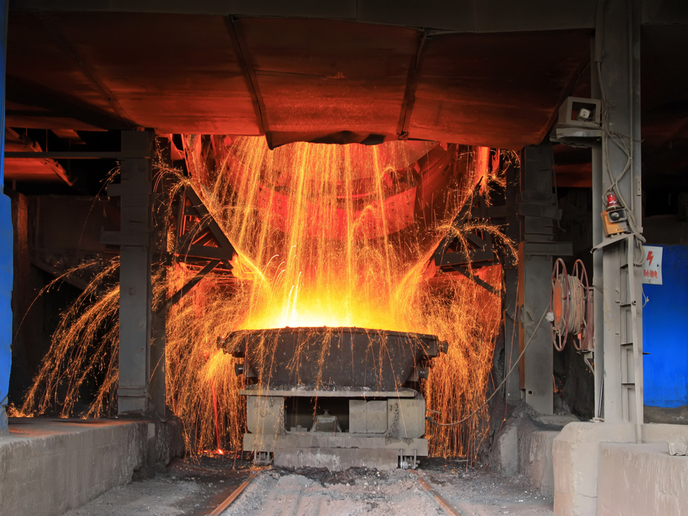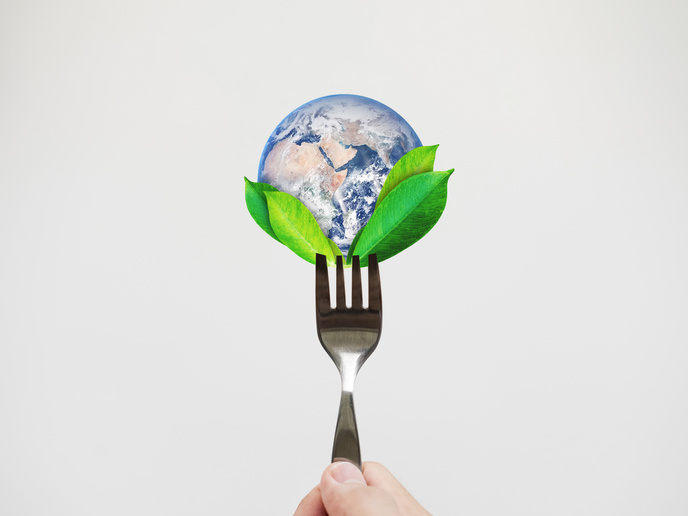Revolutionising the recovery process of valuable raw materials from industrial byproducts
Chromium (Cr), vanadium, molybdenum and niobium are pivotal metals for the competitiveness of the manufacturing sector and the innovation potential of high-tech sectors. However, Europe remains exceedingly dependent on their import, risking an inflexible and insecure supply, while such metals are found in abundance in industrial waste or used in applications where their intrinsic value is not fully utilised. Large amounts of steel and ferrochrome slag, waste after mining or processing, are produced annually. These contain significant amounts of metals, in particular Cr. Currently, the slags are mostly used in construction applications as sand or aggregates for their technical properties. However, the metals contained within do not have a purpose in this application and are therefore lost. Moreover, their presence can seriously harm the environment. The EU-funded CHROMIC project focused on developing new, sustainable technologies for the recovery of critical and valuable metals from steel and ferrochrome slag. “We hoped to find ways to take the metals out of the slag before using them in construction applications,” explains project coordinator Liesbeth Horckmans.
Juggling with hazardous substances
Removal of the large (> 2 mm) metallic particles is a common practice and state-of-the-art technology. However, the finer metallic particles and the oxidised forms of the metals are not recovered. CHROMIC was successful in developing a highly efficient hydrometallurgical method, able to recover more than 95 % of Cr present in the slag. Nonetheless, to get the metals out of the slag, Cr must be changed from its insoluble, non-hazardous form Cr (III) into the soluble, hazardous Cr (VI). Due to the very stringent limits on Cr (VI) leaching, all residual Cr (VI) must be removed from the solid – a major challenge that the project team has not yet been able to solve. “This proved more difficult than foreseen, and some unexpected reactions occurred. In the project, we only had limited time to investigate, so this is certainly a topic to investigate further,” notes Horckmans. “We are looking for new opportunities to continue the research – also looking at other metals. Chromium is a particularly difficult metal because of the highly hazardous nature of Cr (VI) and the resulting very rigorous legislation.”
A multi-beneficial solution
Despite the challenges, CHROMIC has reached significant and completely sustainable results. Apart from those related to the technological core of the project, there are also those addressing assessments on the impact of the technologies on the economy and society. The solution will benefit metal-producing companies with high Cr residues, as the removal of Cr can generate value and increase the application options for the slags. The latter is especially important in the circular economy, to avoid overconcentration of metals in downstream use. Landfill owners with high Cr waste, such as governments, will also benefit from CHROMIC results, given that the removal of Cr can generate value and can make often-used materials less hazardous. Moreover, according to an integrated economic and environmental assessment, once the Cr issue is solved, the process can be beneficial compared to landfilling. This led the CHROMIC team to perform a three-step community involvement plan gathering information from laypeople, experts and students about their views on metal recycling.
Keywords
CHROMIC, Cr (VI), Cr (III), Chromium, vanadium, molybdenum, niobium, metal recovery, industrial waste, sustainability







